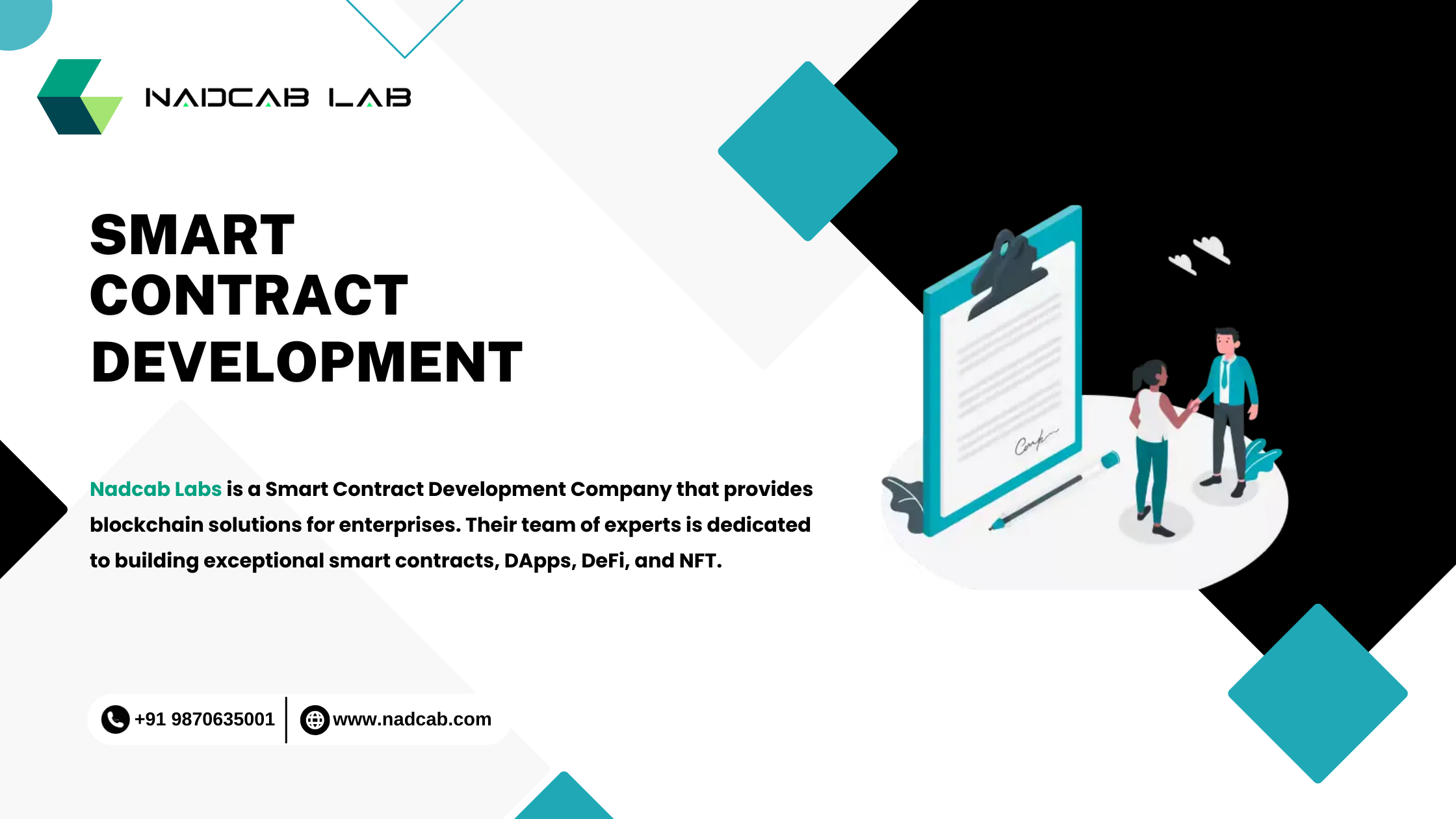If you have a stable job but earning less than you’d like, you might be concerned this can impede your ability to purchase a home. The good news: There are mortgages and assistance options that can help you become a homeowner, even with a low income.
Can I buy a house with a low income?
The short answer: Yes, you can buy a house with a low income, thanks to mortgage programs designed for lower- to moderate-income borrowers.
“Having a low income can increase your debt-to-income (DTI) ratio. This limits some of the loan program options you may be eligible for, but it does not mean you absolutely cannot buy a home,” says Balenda Hetzel, regional vice president with CrossCountry Mortgage, which is headquartered in Cleveland, Ohio.
Buying a house with low income: Mortgage programs and assistance
- HomeReady mortgage
- Home Possible and HomeOne mortgages
- FHA loan
- VA loan
- USDA loan
- Good Neighbor Next Door program
- HFA loan
- Down payment assistance programs
- Mortgage credit certificate
- Manufactured and mobile home loans
1. HomeReady mortgage
Fannie Mae’s HomeReady mortgage program addresses one of the challenges of buying a home with a low income by requiring just 3 percent as a down payment. With this loan, your down payment and/or closing cost funds can come from other sources beyond savings, including grants and gifts, and you don’t need to contribute any of the money personally.
To qualify, your income can’t exceed 80 percent of the area median income (AMI) for the location where you’re buying a home. (You can look up local limits using Fannie Mae’s tool.)
While you can put down as little as 3 percent with a HomeReady mortgage, you’ll be obligated to pay for mortgage insurance. However, those insurance premiums can be canceled once you attain 20 percent equity in your home. You’ll pay the mortgage insurance with your monthly mortgage payment, so it’ll add to that cost, but it’s easy to get out of once you hit that 20 percent.
In addition, you can add a co-borrower to a HomeReady mortgage, even if that person isn’t planning on living in the home.
“Unlike other home loans, all borrowers do not have to reside in the property,” says Roselina D’Annucci, a New York-based real estate attorney with the Law Offices of Serrano and Associates, P.C. “For example, parents who won’t be living in the home can be co-borrowers on the loan to help their children qualify for a mortgage.”
With a HomeReady mortgage, your mortgage lender can also consider your rent payment history in order to help qualify you for the loan, says D’Annucci.
2. Home Possible and HomeOne mortgages
Like a HomeReady mortgage, Freddie Mac’s Home Possible and HomeOne mortgages require just 3 percent down, and the down payment funds can originate from multiple sources, including family members, employer-assistance programs and even sweat equity (if you have the skills to provide labor or materials to renovate the home, that is).
Similar to HomeReady, your income can’t exceed 80 percent of the AMI with a Home Possible mortgage, and there’s a mortgage insurance requirement, as well. The HomeOne program notably doesn’t have an income limit, but also has a mortgage insurance requirement.
“There are a few other strings attached, too: If you are a first-time buyer, you will be required to go through a homeownership education program,” says Tabitha Mazzara, director of Operations at MBANC, a mortgage lender.
The first-time buyer class requirement also applies to the HomeReady program.
3. FHA loan
An FHA loan, which is backed by the Federal Housing Administration, can be had for as little as 3.5 percent down if your credit score is 580 or higher.
“This loan has less stringent requirements that can help low-income borrowers or those with poor credit histories,” says Gerwin Wallace, a mortgage loan originator with Silverton Mortgage in Anniston, Alabama. “You may pay lower closing costs with this loan, as well.”
If your down payment is less than 10 percent, however, FHA loans come with lifetime mortgage insurance (in other words, it can’t be canceled), which can be a drawback. The home you want to buy also has to pass an appraisal to ensure it meets FHA safety guidelines.
4. VA loan
Possibly the most generous type of low-income mortgage is a VA loan, which is available to active-duty service members, veterans and surviving spouses. With a VA loan, you don’t have to put any money down or pay for mortgage insurance, the closing costs can be less than what other loans might charge and you could get a lower interest rate than you would with other financing options.
In addition, the VA loan is a lifetime benefit; that means if you’re eligible, you can get a VA loan multiple times.
However, you’ll need to pay a funding fee for this mortgage, the amount of which depends on whether you’ve gotten a VA loan before and how much down payment you’re making, if any. This is an additional cost to consider.
To qualify for a VA loan, “you must have good credit, a steady income and a Certificate of Eligibility from the VA,” says Mazzara. “Also, your loan amount must not exceed the appraised value of the house.”
5. USDA loan
Another generous mortgage program is the USDA loan, which, like the VA loan, requires no money down. You don’t have to be a first-time buyer to get a USDA loan, either.
However, the home must be located in an eligible rural area, which means you might only qualify if you’re buying far from a city or urban location — although many suburban areas are also eligible for USDA financing, according to Wallace.
Also, your income can’t exceed 115 percent of the AMI, and you’ll pay mortgage insurance with this loan, too, in the form of an upfront guarantee fee and then annual fees.
6. Good Neighbor Next Door program
Good Neighbor Next Door is a homebuying program available to law enforcement officers, teachers, firefighters and emergency medical technicians. The program, administered by the U.S. Department of Housing and Urban Development (HUD), allows borrowers to buy a home for 50 percent off list price in exchange for living in the property for at least three years.
However, the home has to be a property in a HUD-determined “revitalization area” and listed for sale through the program, and the listings are only available for purchase for seven days. You’ll also be required to get a second mortgage and note to qualify for the discount — but you won’t be on the hook for the second mortgage, or any interest on it, so long as you fulfill the three-year residency requirement.
7. HFA loan
Not to be confused with an FHA loan, an HFA loan is another type of low-income mortgage through Fannie Mae (called “HFA Preferred”) and Freddie Mac (called “HFA Advantage”) that requires only 3 percent down. HFA loans are available through state housing finance agencies (HFAs), which partner with mortgage lenders to offer affordable loans to low-income borrowers. In many cases, you don’t have to be a first-time buyer to qualify, and you might get down payment assistance, as well.
8. Down payment assistance programs
There are a variety of down payment assistance (DPA) programs, and they are typically geared toward lower- to moderate-income borrowers. These programs usually come in the form of a grant (free money) or loan, the latter of which might need to be repaid or could be eligible for forgiveness after a period of time.
9. Mortgage credit certificate
A mortgage credit certificate (MCC) is a federal tax credit that can help low- and moderate-income or first-time buyers offset some of the money they owe in mortgage interest. Unlike a tax deduction, MCCs offer a dollar-for-dollar tax credit, up to $2,000, to those eligible every year. An MCC isn’t free, however, so if you qualify, consult with a tax professional to learn if this is the right move for you. Often, the savings over a 30-year mortgage exceed the upfront fee.
10. Manufactured and mobile home loans
Interested in a manufactured or mobile home? There is special financing for this type of property that can be ideal for lower-income borrowers.
“For example, MH Advantage is a Fannie Mae loan program designed to finance manufactured homes,” says Wallace. “It features low-down payment options, low monthly payments and reduced interest rates compared to most standard loans for manufactured homes. Also, it offers the ability to combine HomeReady, HFA Preferred mortgage and other mortgage programs without being tied to any one specific program.”
How to qualify for a low-income mortgage
To improve your odds of eligibility for a low-income mortgage, it pays to prepare. Use these tips:
- Check your credit score and take steps to improve it.
- Meet with loan officers early on in the process to learn how to optimize your loan application.
- Get preapproved so you know your budget.
“I advise prospective buyers to get their credit score and credit reports whipped into good shape,” says Mazzara. “That way, you’ll be eligible for loans with lower interest rates.”
This includes paying down your credit card and revolving debt balances, paying bills on time, working to correct any errors you spot in your credit reports and not opening any new credit accounts or lines of credit in the weeks before you apply for a mortgage, says Wallace.
“Also, meet with a trusted mortgage lender who can give you a better understanding of what you qualify for and what is needed for a loan,” says Hetzel. “Meeting with a lender early in the process allows time for you to work on improving your credit and saving up the funds needed for closing.”
Your lender will also help you obtain a loan preapproval for a specific amount, so that when the time comes and you’re ready to start searching for homes, you’ll have already completed most of the work to line up your financing, and can show sellers a bona fide offer.
Next steps to buy a house with low income
To buy a house with a low income, explore low- to moderate-income mortgage programs to see which is the right fit for you. Next, you’ll want to check your credit score and improve it, if necessary. Then, work with a mortgage lender to get preapproved and establish your budget for buying a home.





